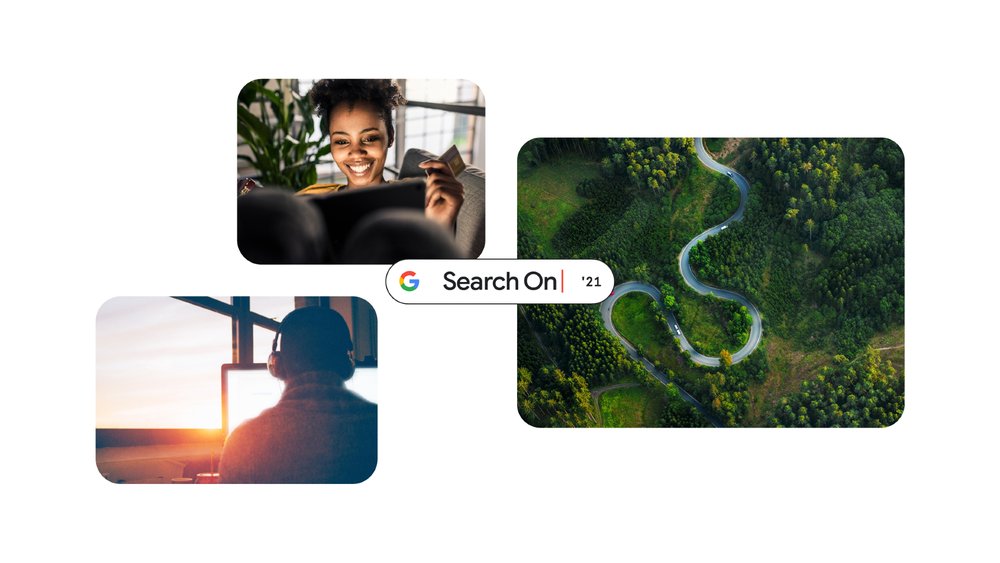Google experiments with features that allow users to click from websites to competitors

Google had revealed that it is testing a new feature that allows users to see search results while on a web page rather than needing to return to the search results page. The objective is to make it simple for users to compare search results and swiftly navigate away from one page to another.
The new Google feature is a side panel search, which is one of two experiments that Google is doing to make its search results pages (SERPs) permanent. It is considered to be persistent when the presence of something lasts longer than typical or what is expected. Both trials indicate Google moving toward a more permanent search experience, with search results pages being visible and accessible even while a user is on another web page.
The experimental side panel search results make it easy for users to switch from one website to another.
Google has launched two new search experiments. The two search experiments announced are:
-Side Panel Search
-Journeys
Google Journeys
‘Journeys’ is the tool that is one of the first experiments of Google of a search feature. It is a function that aggregates and organises previous searches on a similar topic. The tool is similar to a search history archive, except it groups prior searches by subject, making it simpler to discover particular searches linked to a topic. The aim is to make it as simple as possible for Google users to utilise Google for subject research. The function is described by Google as a means to group web pages:
“If you’ve been researching a trip to Yosemite for the past few weeks, Journeys will cluster all the pages you’ve visited related to Yosemite so you can easily view them without having to sift through your browsing history.
You’ll also see related search suggestions so you can continue planning your trip right there.”
The data from Chrome Journeys is not transmitted back to Google; instead, it is retained locally. Google adds that in future editions, they may explore expanding it so that Journeys may be accessible across many devices. Here are a few screenshots of Google Chrome Journeys:

Search on Google’s side panel
The second test feature is a three-step procedure that begins with a standard Google search and ends with a website click. The third component is a left-hand side panel that opens to display the search results that the user had previously moved away from. While staying on the page, you can now scroll up and down through the search results using the Chrome browser’s side panel. If you prefer another search result, they may utilise the sidebar to quickly move away from the page they had previously visited via search.
Returning to Google Search with ease
To return to Google’s search results, the experimental side panel search result eliminates the need to click the back button. A user can compare the page he/she is on, to other pages in the search results and click back and forth between them more quickly with side panel searching. According to Google, the new experimental function will assist consumers in comparing search results:
“To make it easier to compare search results and find what you’re looking for more quickly in Chrome, we’re experimenting with a new side panel in the Chrome OS Dev channel, so you can view a page and the search results at the same time.
This lets you view a page right in your main browser window without needing to navigate back and forth or losing your search results. The goal of this experiment is to explore how Chrome can better help users easily compare results…”
Here is an image of a normal search result:

How to use the side panel search?
A screenshot of a user visiting a web page is shown below. In Google’s persistent search the Google “G ” logo serves to activate the side panel search results.

Where are the new features?
Journeys are rolling out to the experimental model of Chrome, referred to as Canary. The side panel search is rolling out to the Chrome OS Dev channel. The assertion states that if it rolls out to extra OS systems it’ll be seeking engine agnostic, which means that it’s going to paintings with the user’s default search engine.
Persistent Google Search Results
Persistent seek adjustments how customers historically have interaction with search. Instead of leaving Google’s SERPs after clicking away to a website, the search engine may continue to remain accessible in the side panel.
It is worth noting that Google is experimenting with a feature that will allow users to click from websites to competitors. The side panel search is also expected to be beneficial to sites that are not listed first since it can assist distribute search traffic around.







